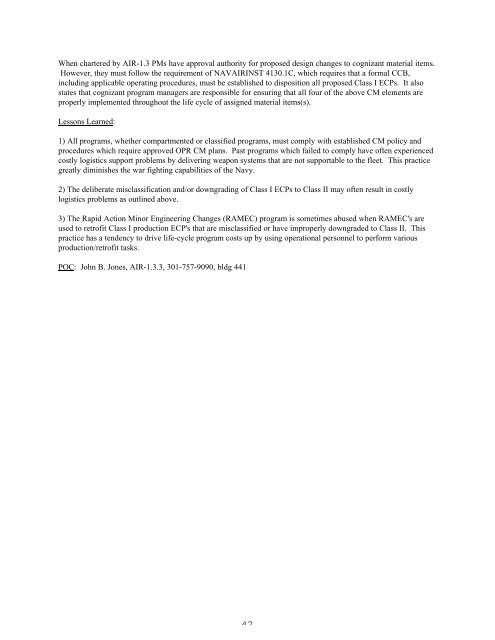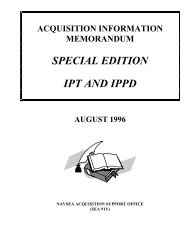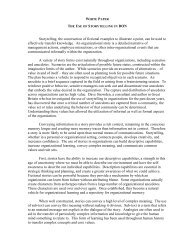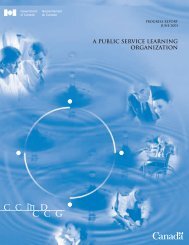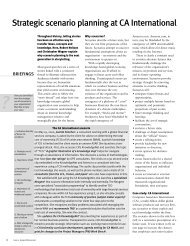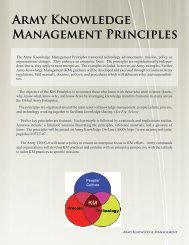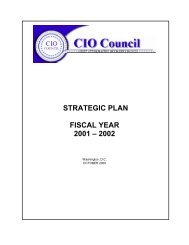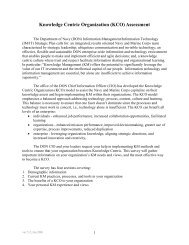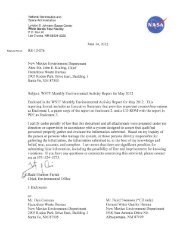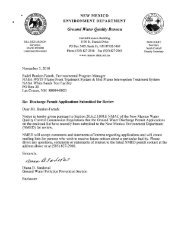NAVAL AVIATION SYSTEMS - NASA Wiki
NAVAL AVIATION SYSTEMS - NASA Wiki
NAVAL AVIATION SYSTEMS - NASA Wiki
You also want an ePaper? Increase the reach of your titles
YUMPU automatically turns print PDFs into web optimized ePapers that Google loves.
When chartered by AIR-1.3 PMs have approval authority for proposed design changes to cognizant material items.<br />
However, they must follow the requirement of NAVAIRINST 4130.1C, which requires that a formal CCB,<br />
including applicable operating procedures, must be established to disposition all proposed Class I ECPs. It also<br />
states that cognizant program managers are responsible for ensuring that all four of the above CM elements are<br />
properly implemented throughout the life cycle of assigned material items(s).<br />
Lessons Learned:<br />
1) All programs, whether compartmented or classified programs, must comply with established CM policy and<br />
procedures which require approved OPR CM plans. Past programs which failed to comply have often experienced<br />
costly logistics support problems by delivering weapon systems that are not supportable to the fleet. This practice<br />
greatly diminishes the war fighting capabilities of the Navy.<br />
2) The deliberate misclassification and/or downgrading of Class I ECPs to Class II may often result in costly<br />
logistics problems as outlined above.<br />
3) The Rapid Action Minor Engineering Changes (RAMEC) program is sometimes abused when RAMEC's are<br />
used to retrofit Class I production ECP's that are misclassified or have improperly downgraded to Class II. This<br />
practice has a tendency to drive life-cycle program costs up by using operational personnel to perform various<br />
production/retrofit tasks.<br />
POC: John B. Jones, AIR-1.3.3, 301-757-9090, bldg 441<br />
42


